Virasana: Health Benefits, Types, How to do?
What is Virasana?
It is also known as Hero Pose, Virasana needs practitioners to adopt a seated stance. It is divided into a kneeling yoga pose and aids strengthen the lower body and improve its flexibility. This posture is often used to prepare the body for meditation or pranayama.
Hero Pose (Virasana) is a seated pose that is a good stretch for the quadriceps. Virasana is conducive to maintaining your shoulders over your hips, which aids align the spine so that your back doesn’t ache while you are sitting. This pose is actually more comfortable and easier for most people than sitting cross-legged, especially if you put a block under your butt. If you plan to sit still for more than a few minutes, as you would for a meditation session, attempt it.
What are the Health Benefits of Virasana?
There are certain benefits you can achieve by doing Virasana:
- Virasana permits a good stretch to your thighs, knees, and ankles making the muscles flexible and strong.
- It increases the blood circulation in the legs and relieves tired legs.
- Virasana is a good cure for restless leg syndrome or tired legs and feet.
- It makes your foot arches strong.
- It aids in improvising posture and wards off posture-related problems.
- It is a good cure for those suffering from high blood pressure, asthma, and flat feet.
- It helps good digestion. It helps in reducing abdominal gases, and this is a good cure for bloating.
- It reduces and relieves the swelling occurring in the legs in the second trimester of pregnancy (between the 4th and 6th months of pregnancy).
- It aids in easing the symptoms of menopause.
- It has a calming effect on the mind and generates mental stability.
- It improves concentration, relieves stress, and strengthens the mind.
What are the Preparatory Poses for Vajrasana?
- Balasana
- Baddha Konasana
How to do Virasana?
Kneel on the ground (use a bolster or folded blanket to wedge between your calves and thighs if necessary), with your thighs perpendicular to the ground, and touch your inner knees together.
Draw your feet apart, slightly wider than your hips, with the tops of the feet flat on the ground.
Turn your big toes slightly toward each other and press the top of each foot evenly on the ground.
Breathe out and sit back halfway, with your upper body leaning slightly forward.
Squeeze your thumbs into the backs of your knees and move the skin and flesh of the calf muscles toward the heels.
Then take a sit between your feet.
If your buttocks don’t comfortably rest on the ground, lift them on a block or thick book placed between the feet.
Ensure both sitting bones are evenly supported.
Permit a thumb’s-width space between the inner heels and the outer hips.
Rotate your thighs inward and press the heads of the thigh bones into the ground with the bases of your palms.
Then place your hands in your lap, one on the other, palms up, or on your thighs, palms down.
Firm your scapulae against the back ribs and raise the top of your sternum like a proud warrior.
Widen the collarbones and release the scapulae away from the ears.
Lengthen the tailbone into the ground to anchor the back torso.
At first hold, this poses from 30 seconds to 1 minute. Gradually extend your holding time up to 5 minutes.
To come out, press your hands against the ground and raise your buttocks, slightly higher than the heels.
Cross your ankles underneath your buttocks, sit back over the feet and onto the ground, then extend your legs out in front of you. It may feel good to bounce your knees up and down a few times on the ground.
How to do Virasana by watching a video?
What are the Follow-up Poses for Vajrasana?
- Padmasana
- Bakasana
What is the Preparation for Virasana?
- Virasana yields the best results when done in the morning, the early part of the morning to be precise. If it cannot be performed in the morning due to some reason, it can alternatively be performed in the evening also.
- There is no compulsory rule that Virasana should be performed on empty stomach. If you are imagined to do some other asanas either before or after Virasana, you should have food 4-6 hours before doing Virasana. Make sure to keep your bowel clean in that case.
What are the Beginners’ tips for Virasana?
- Use as many props as you need to lift the hips, and prevent any discomfort in the knees. Mounding cushions or blocks between your feet are a great option.
- You can do the pose one leg at a time with one leg folded under and the other extended in front of you before coming into the full pose.
- Gradually build up the length of time you hold in the pose.
- If your ankles are stiff, put a rolled-up blanket underneath to decrease the stretch.
- Continue pressing firmly through the tops of the feet and firm the inner ankles in.
What are the Modifications for Virasana?
- If your ankles are painful in this posture, roll up a towel and put it underneath them before you sit back.
- Deepen the Pose- Cup your hands around the knees, extend the arms fully, and pull on the knees. Firm your scapulae against your back, raise the top sternum and let go of your chin down onto the chest without straining the back of your neck. Hold for 15 to 20 seconds. Then let go of the knees and lift your head back to neutral without losing the raise of the sternum.
- Place padding under your seat if necessary. Use a folded blanket or yoga blocks, depending on how high you need to be. You may also need padding under your ankles if you have any discomfort.
- If you experience a very comfortable seat, move on to Reclined Hero Pose (Supta Virasana). Lower to your elbows first and assure that your knees are still in the pose before you try to lie back.
What is the Variation for Virasana?
If you feel any discomfort in your knees, adjust the position accordingly by elevating your hips by putting a block or cushion between the heels to sit on.
If your quads (front of thigh muscles) are too tight, come into the position slowly and keep the hips higher by sitting on props such as cushions or yoga blocks. You should experience the stretch in the belly of the muscle rather than at the attachment points at the knees.
Supta Virasana (reclining hero pose) has the body reclining on the back, the hands on either side of the thighs or stretched over the head.
Eka Pada Supta Virasana (One-Legged Reclining Hero Pose) or Ardha Supta Virasana (Half Reclined Hero Pose) has one leg bent under the body, while the other is being stretched.
Light on Yoga shows Yogadandasana as an alternative to Virasana, one bent leg being rolled inwards until the foot supports the armpit on the same side.
What are the Types of Virasana?
Listed below are two different methods via which Virasana can be done.
- Supta Virasana
- Ardha Supta Virasana (Half Reclined Hero Pose) or Eka Pada Supta Virasana
Supta Virasana
What is Supta Virasana?
(soup-tah veer-AHS-anna)
Its name comes from the language Sanskrit as Supta means Lying down, Vir refers to Hero, man, chief, and Asana means Pose. It is a type of virasna and also called a reclined hero pose. Supta Virasana is one of the greatest postures and a variation of Virasana yoga pose. It stretches your thighs, knees, and hip flexors.
Also Known As Reclining Hero Pose, Saddle Pose, and Fixed-Firm Pose.
The Benefits of Supta Virasana:
Supta Virasana is known for its so many health advantages. So the advantages of Supta Virasana (Reclined Hero pose) are:
- Increases your digestion greatly.
- Relaxes the muscles of your knees and legs.
- Reduces tired legs.
- It also cures several medical conditions like Insomnia, Infertility, Acidity, Diarrhea, Headache, Flat Feet, Arthritis, High Blood Pressure, and Gastritis.
- Reduces menstrual pain.
- Stretches your abdomen, ankles, and your thighs.
- Supta Virasana strengthens your arches.
- Cure for Sciatica pain.
Preparatory Poses for Supta Virasana:
- Balasana (Child’s Pose)
- Gomukhasana (Cow Face Pose)
- Bhujangasana(Cobra Pose)
- Gomukhasana (leg position)
- Baddha Konasana (Bound Angle Pose)
- Virasana(Hero Pose)
How to do Reclining Hero Pose?
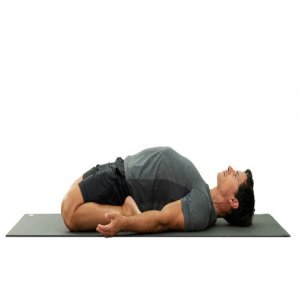
Start Reclined Hero Pose by sitting in Hero Pose or Virasana. In this position, your upper body is straight and your legs are flexed back at the knees so your feet are on either side of your upper thighs.
Bring your hands down to the ground on either side of your thighs. Draw your hands back toward your butt as you lean your upper body back.
Flex at your elbows to come down onto your forearms. If you are sitting on a high support, like a yoga block, this is as far as you should go. If you are sitting on a bent blanket, have blankets of the same height in place to support your spine as you come down.
If you experience comfortable on your forearms, you can try continuing to release your back toward (and eventually reach) the ground.
If you feel the ache in your knees or low back, it may be a signal that you’ve gone too far for your body. Return to your forearms instead of lowering your upper body to the ground.
Make sure your knees are close together. Don’t let them separate.
Stay in a reclined pose for five to 10 breaths.
To come out, lift yourself onto your forearms first. Then press into your hands to return yourself to a sitting pose.
Follow-up Poses for Supta Virasana:
- Bakasana (Crane Pose)
- Padmasana (Lotus Position)
- Other backbend and standing poses
Beginner’s Tip for Supta Virasana:
If your thighs insist on sliding apart in this posture, you might try one of two short-term solutions: tie up your thighs together with a strap positioned around the mid-thighs, or squeeze a 2- to 3-inch thick book between the thighs. In either case, be sure to move your inner groins sharply up into your pelvis.
Therapeutic Applications for Supta Virasana:
- Arthritis
- Asthma
- Diarrhea
- Digestive problems
- Flat feet
- Head cold
- Headache
- High blood pressure
- Infertility
- Insomnia
- Intestinal gas and acidity
- Menstrual discomfort
- Respiratory ailments
- Sciatica
- Varicose veins
Modifications and Props for Supta Virasana:
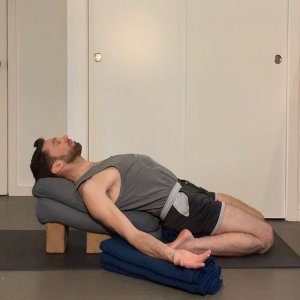
- If you are not able to recline fully on the ground, set a bolster or one or more folded blankets behind yourself to completely support your spine and head. Use as much height as you need to make the pose reasonably comfortable.
- To aid release the groins, lay some weight across the creases of the upper thighs where they join the front pelvis. Begin with a 10-pound sandbag and gradually over time raise the weight to 30 pounds or so.
- Deepen the Pose – You can also include the arms in this pose. Inhale and lift your arms toward the ceiling, parallel to each other and perpendicular to the ground. Rock back and forth a few times, further broadening the scapulae across your back, then stretch your arms overhead, on the ground, palms up toward the roof. Roll your arms outward, so the outer armpits roll toward the roof, and pull your scapulae down the back toward your tailbone.
The Precautions to take while performing Supta Virasana:
Take the following precautions before and while doing Supta Virasana.
- Do not eat anything before performing any yoga pose. Always do yoga on empty stomach only.
- Use props like blocks bolster and straps if you’re a beginner or have difficulty doing it.
- Don’t perform Supta Virasana if you have a knee or ankle injury.
- Consult a doctor if you have a history of severe back, knee, or ankle problems.
- Never keep your knees wider than your hips.
Ardha Supta Virasana or Eka Pada Supta Virasana
What is Ardha Supta Virasana ?
Ardha supta virasana is a reclining yoga pose and a variation of supta virasana (reclined hero pose). From Sanskrit, Ardha refers to “half,” supta meaning “reclined,” vira defines “hero” and asana means “pose.”
Ardha supta virasana is also known as the half-reclining hero pose in English.
Benefits of Ardha Supta Virasana:
- Ardha supta virasana effectively reduces asthmatic conditions, indigestion, flat feet, sciatica, headache, menstrual discomfort, and insomnia.
- Half Supine Hero pose gives a powerful stretch to the front of the thighs and improves flexibility in the knees, hips, and spine.
The mental health advantages of the pose include:
- Boosts courage.
- Enhances sense of calm.
- Balances the mind and the body.
- Ardha supta virasana activates the Anahata (heart) and Manipura (solar plexus) chakras. The Anahata chakra is associated with harmony, compassion, peace, purity, and forgiveness. The Manipura chakra is associated with firmness and fearlessness.
How to do Ardha Supta Virasana?
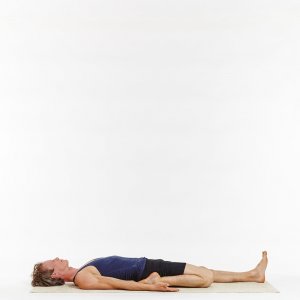
From a seated position on the heels, extend the left leg straight out in front of you, and slide the right foot out so that the buttocks can rest on the ground with the heel next to the hips.
Slowly and carefully move the hands behind you, lowering the back towards the ground.
Come as low to the ground as comfortable, begin with lowering to the elbows, then to the crown of the head, and eventually on to the back of the neck.
Place the hands alongside the body or the ground over the head with the palms together.
Breathe and stay in the pose for 4-8 breaths.
To release – grab onto the ankles or feet and press into the elbows using the arms to raise the head and torso back off the ground. move the hands back to the hips, coming back to a seated position.
Repeat on the opposite side.
Modifications and Variations of Ardha Supta Virasana:
- Modifications: Put a bolster, or cushion under the upper back or head for support.
- Variations: Inhale arms over the head, and A) Reach out through the fingers, B) Cross the arms grabbing onto the elbows, or C) clasp fingers and press out through the palms, D) Cross the arms and put the palms beneath the opposite shoulders so that the crossed wrists serve as a cushion for the head.
Contraindications for Ardha Supta Virasana:
Recent or chronic knee injury or inflammation.
the Common Mistakes you can’t do:
- Never go into this pose quickly. Go slow so you can be sure that you experience the difference between a big quad stretch and knee joint pain.
- Make sure to distribute your weight across your sit bones and that the tops of the feet are equally pressing into the ground.
Precautions and Contraindications
Before doing Virasana it is important to take into account the following considerations.
- Be very careful of the knees in this position. If you have any knee aches, try raising the hips more by sitting on a block or two to reduce the pressure on your knees. If that doesn’t help, it’s OK to skip this position.
- Notice that the foot position in this pose can cause foot cramps. If you get one, curl your toes up and massage your foot to try to reduce it.
- Prevent Virasana if you have any underlying heart conditions or suffer from frequent headaches or migraines.
- Do not try to sit in Hero Pose if you suffer from severe arthritis or osteoporosis.
- If you have sustained an injury to your back or legs, you should not try to sit in this pose. Avoid this posture if you have recently undergone surgery in either of these parts.

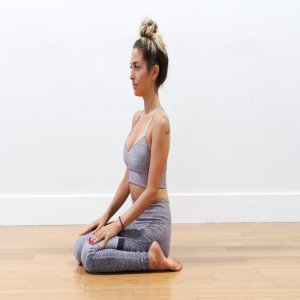
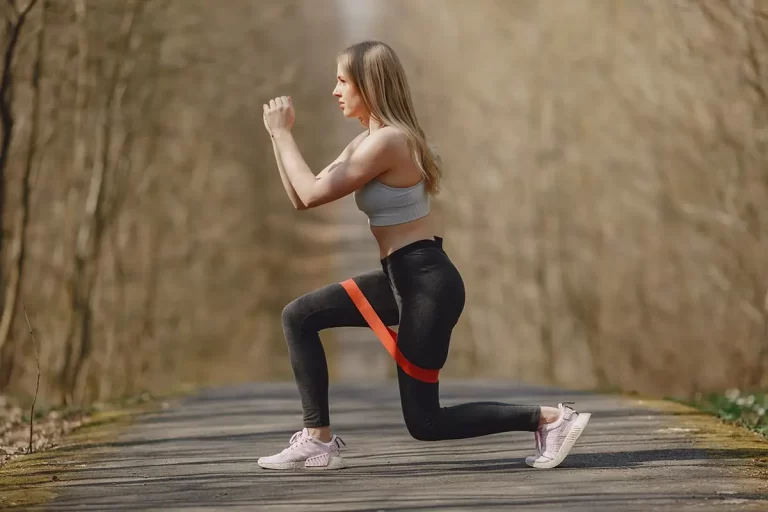


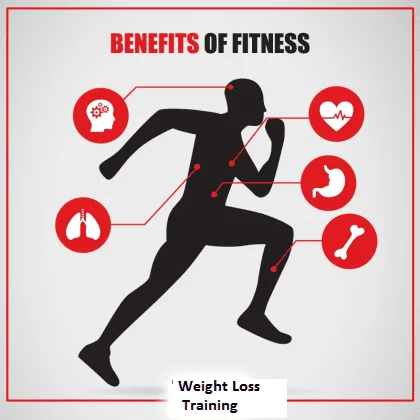
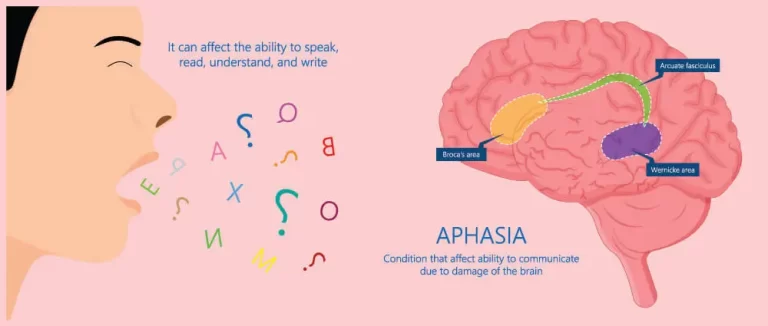
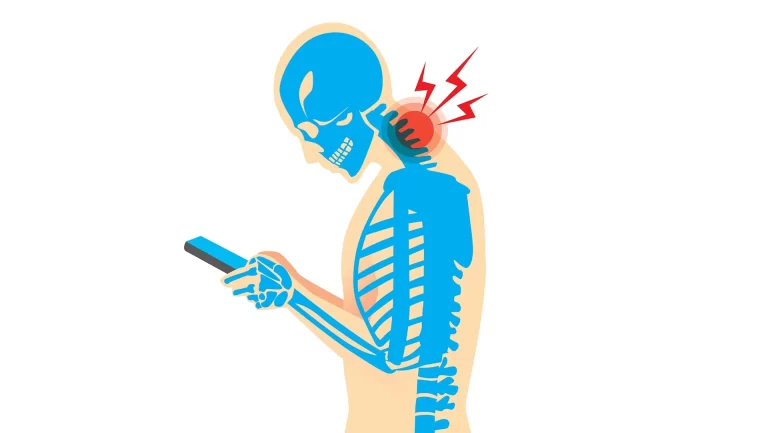
3 Comments